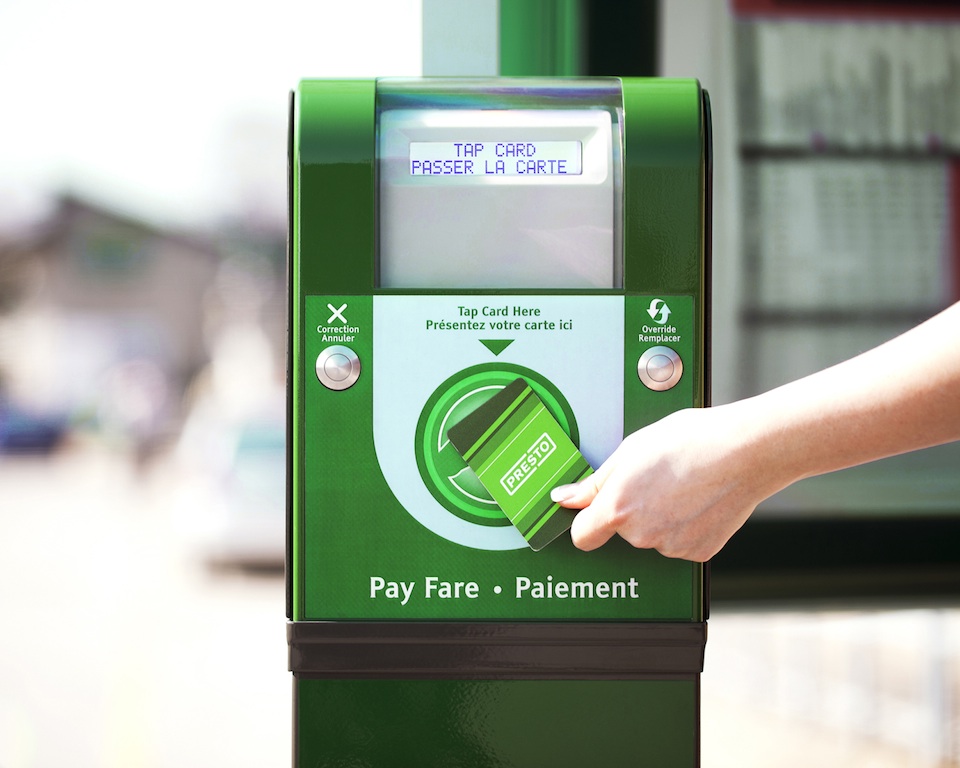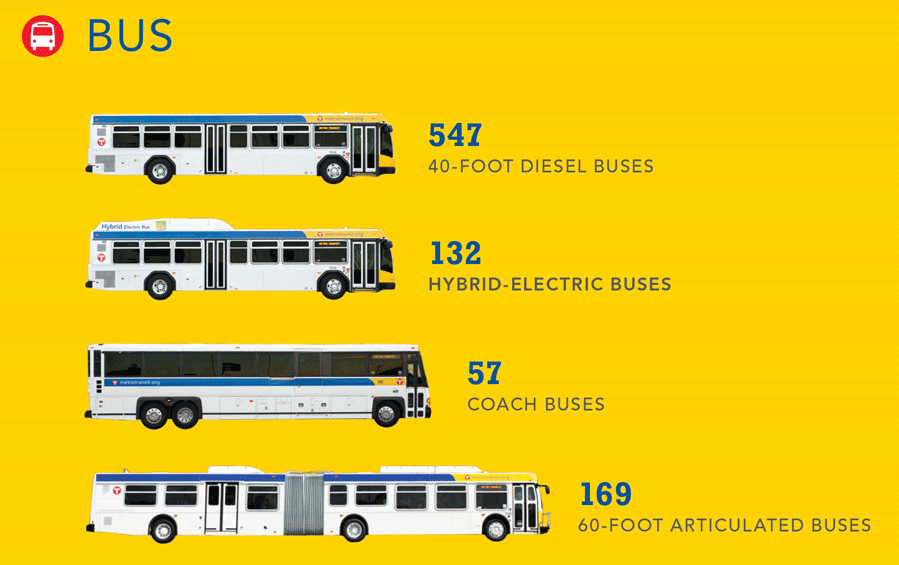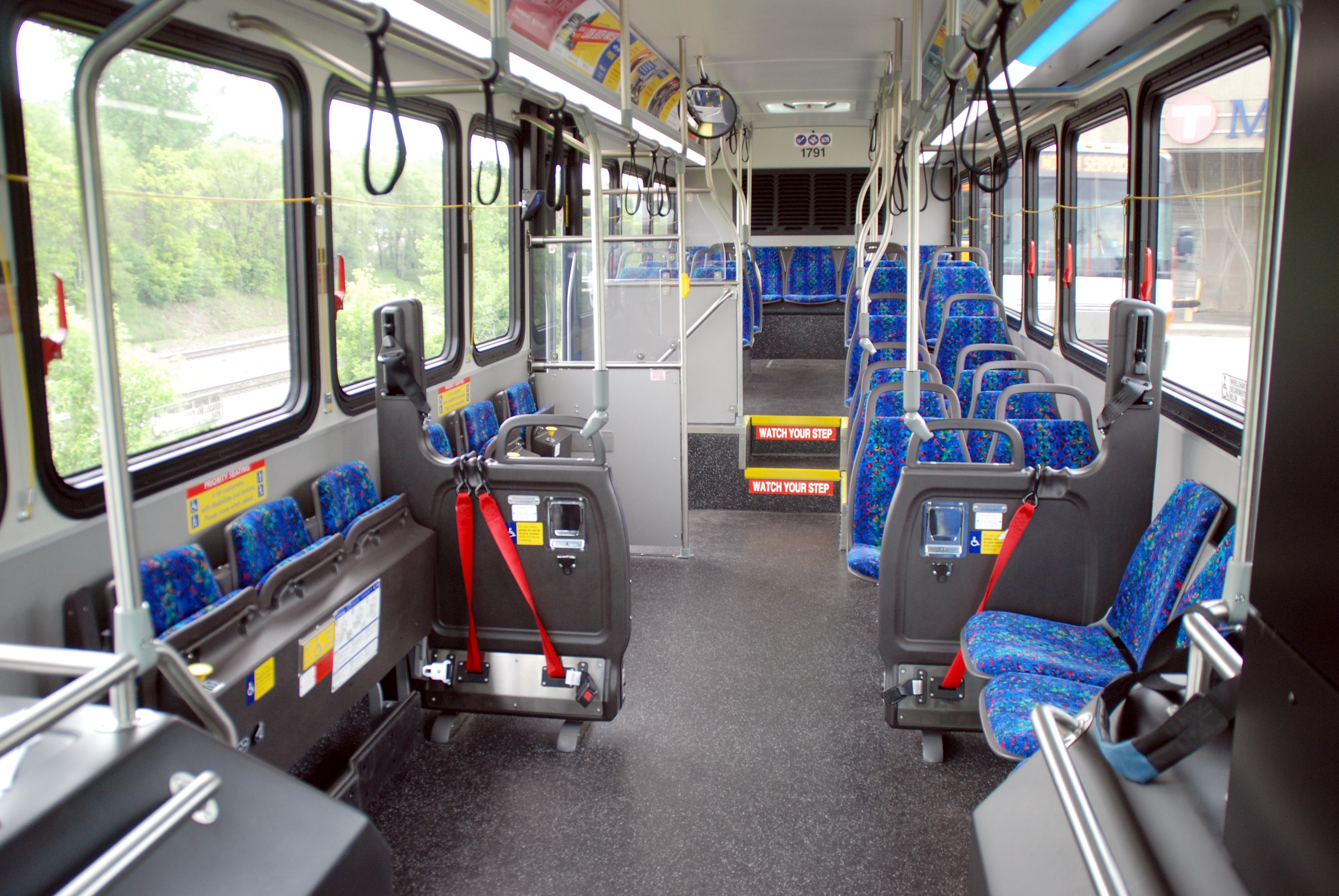Revolutionizing Public Transit in Large Metro Areas: The Case for a Unified Transit Authority
Public transportation is the lifeblood of any thriving city, facilitating the movement of millions of people each day. However, in many urban areas, disjointed systems, varying fare structures, and inconsistent service standards can create a frustrating experience for commuters. To address these challenges and propel our cities forward, the establishment of a comprehensive Transit Commission or Authority is paramount.
Integrating Fares for Seamless Travel
One of the primary goals of a dedicated Transit Commission would be to integrate fares across all modes of transportation within the region or city. Currently, commuters often find themselves navigating a maze of different fare structures when utilizing buses, minibuses, ferries, and other modes of transit. This lack of integration not only complicates the travel process but also discourages the use of public transportation.
By centralizing fare management, the Transit Authority can streamline the payment process, offering commuters the convenience of a single fare card or mobile payment system that grants access to all modes of transit. This not only simplifies travel but also encourages greater usage of public transportation, reducing traffic congestion and carbon emissions in the process.
Establishing Standards and Cohesive Branding
A Transit Commission would also play a crucial role in establishing standards and cohesive branding across the entire transit network. Currently, buses and minibuses operated by different entities may vary significantly in terms of appearance, comfort, and service quality. This lack of consistency erodes trust in public transportation and detracts from the overall passenger experience.
By setting standards for vehicle design, cleanliness, and amenities, the Transit Authority can ensure a uniform and high-quality experience for all commuters. Additionally, implementing standardized colors and branding for fleets of rail, buses, minibuses, ferries, and other modes helps create a sense of cohesion and identity within the transit network, reinforcing public trust and recognition.
Optimizing Stop Locations and Signage
Efficient transit systems rely on strategically located transit stops and clear signage to guide passengers to their destinations. However, without centralized coordination, the placement of stops and the consistency of signage can vary greatly across different transit operators, leading to confusion and inefficiency.
A Transit Commission together with component cities and other jurisdictions served, would take on the responsibility of optimizing stop locations based on factors such as passenger demand, accessibility, and traffic flow. By strategically placing stops and shelters, the Authority can enhance the convenience and accessibility of public transportation, making it a more attractive option for commuters.
Furthermore, standardized signage and wayfinding systems would ensure consistency and clarity throughout the transit network, making it easier for passengers to navigate and reducing the likelihood of missed connections or delays.
Conclusion
In conclusion, the establishment of a Transit Commission or Authority represents a crucial step towards revolutionizing public transportation in our cities. By integrating fares, establishing standards and branding, and optimizing stop locations and signage, such an organization can create a seamless and efficient transit experience for all commuters.
Through centralized coordination and strategic planning, the Transit Authority can transform public transportation into a reliable, convenient, and environmentally sustainable mode of travel, laying the foundation for vibrant and thriving urban communities. It’s time to invest in the future of public transit and unlock the full potential of our cities.









